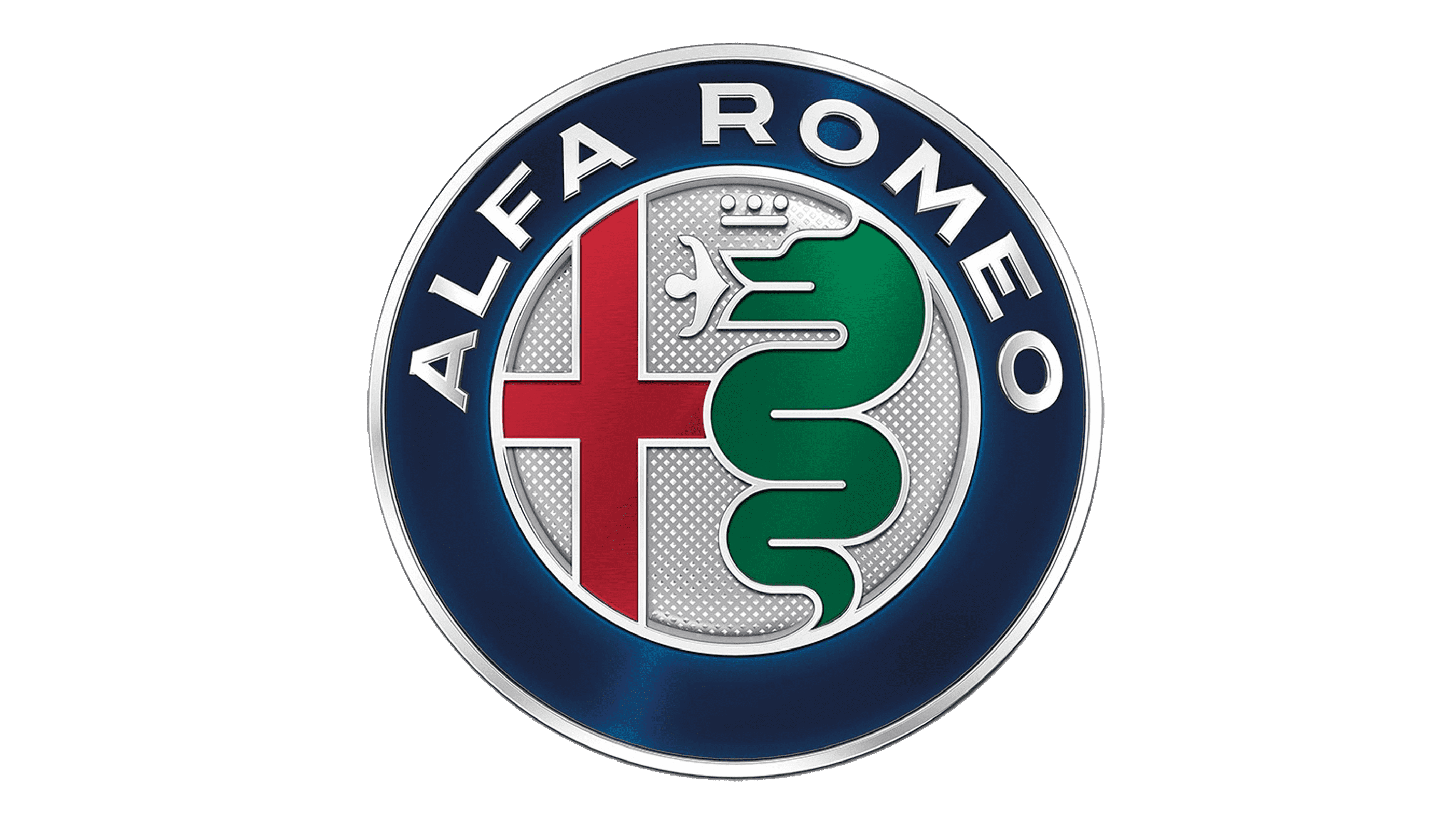1950 Alfa Romeo 158 F1
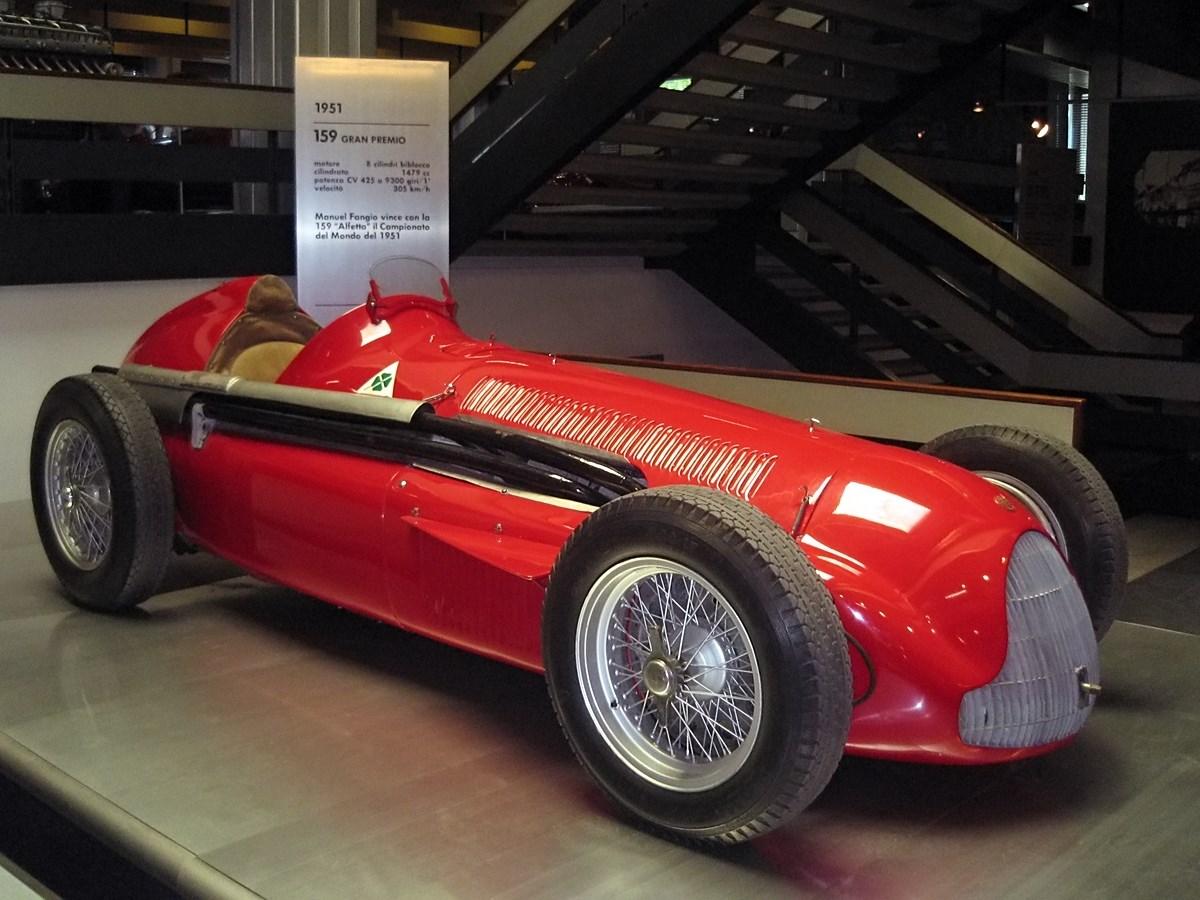
The descriptions of the Classic Cars in the Directory were partly generated or supplemented with the help of artificial intelligence (AI). The content may occasionally not always be entirely accurate or factually correct despite careful checking.
The Alfa Romeo 158 F1 1950 was a masterpiece of automotive engineering that revolutionized the world of racing. This vehicle, also known as the "Alfetta", was designed by the brilliant engineer Gioacchino Colombo and was the first car to win the Formula One World Championship in 1950.
The 158 F1 was powered by a supercharged 1.5-liter straight-eight engine, capable of producing up to 350 horsepower at 7,200 rpm. The engine was mounted longitudinally in the chassis and featured a Roots-type supercharger that could boost the air pressure by up to 5.5 psi. This, combined with the advanced fuel injection system, allowed the car to achieve remarkable performance and acceleration, reaching a top speed of around 180 mph.
The chassis was made of lightweight aluminum that was reinforced with steel and designed to provide optimal weight distribution and handling. The car featured a double wishbone suspension at the front and a de Dion rear axle with a transverse leaf spring that helped to keep the power on the road. The four-speed manual gearbox was also integrated into the rear axle to reduce the length of the driveshaft and improve transmission efficiency.
The front brakes were hydraulically operated drums, while the rear brakes were steel discs with a mechanical handbrake for parking. The car also featured a differential lock, which allowed the rear wheels to turn at different speeds, providing greater control, especially in tight corners.
The ultra-lightweight bodywork of the car was designed for maximum aerodynamic efficiency and was made of aluminum panels that were beaten by hand. The nose had a distinctive oval grille that was tilted forward to improve airflow to the engine. The rear of the car featured a fin that helped to stabilize the car at high speeds, while also providing additional cooling for the engine and brakes.
Overall, the Alfa Romeo 158 F1 1950 was an absolute masterpiece of automotive engineering, and it remains an icon of the golden age of motorsport. With its advanced technology, sleek design, and exhilarating performance, this car remains a testament to the ingenuity and creativity of the engineers who designed it.
Milestones
- 1946: Development of the Alfa Romeo 158 begins - 1947: First test of the car at Autodromo Nazionale Monza - 1948: First race appearance at the Monaco Grand Prix, where it finished second - 1949: Driver Nino Farina wins the first ever Formula 1 World Championship in an Alfa Romeo 158 - 1950: Alfa Romeo 158 dominates the Formula 1 season with driver Giuseppe Farina winning the World Championship, and fellow Alfa Romeo driver Juan Manuel Fangio finishing in second place - 1951: Alfa Romeo 158 is retired from racing as the company shifts its focus to producing consumer automobiles.Technical
- Engine: supercharged 1.5-liter straight-eight - Power output: 350-425 horsepower - Top speed: 180 mph (290 kph) - Transmission: five-speed manual - Weight: 650 kg - Wheelbase: 2,350 mm - Front suspension: independent with transverse leaf spring - Rear suspension: de Dion with transverse leaf spring - Brakes: hydraulic drum brakes all around - Tires: Pirelli Cinturato - Fuel tank capacity: 210 liters - Driver: Nino Farina, Luigi Fagioli, Juan Manuel Fangio, Consalvo Sanesi, and others.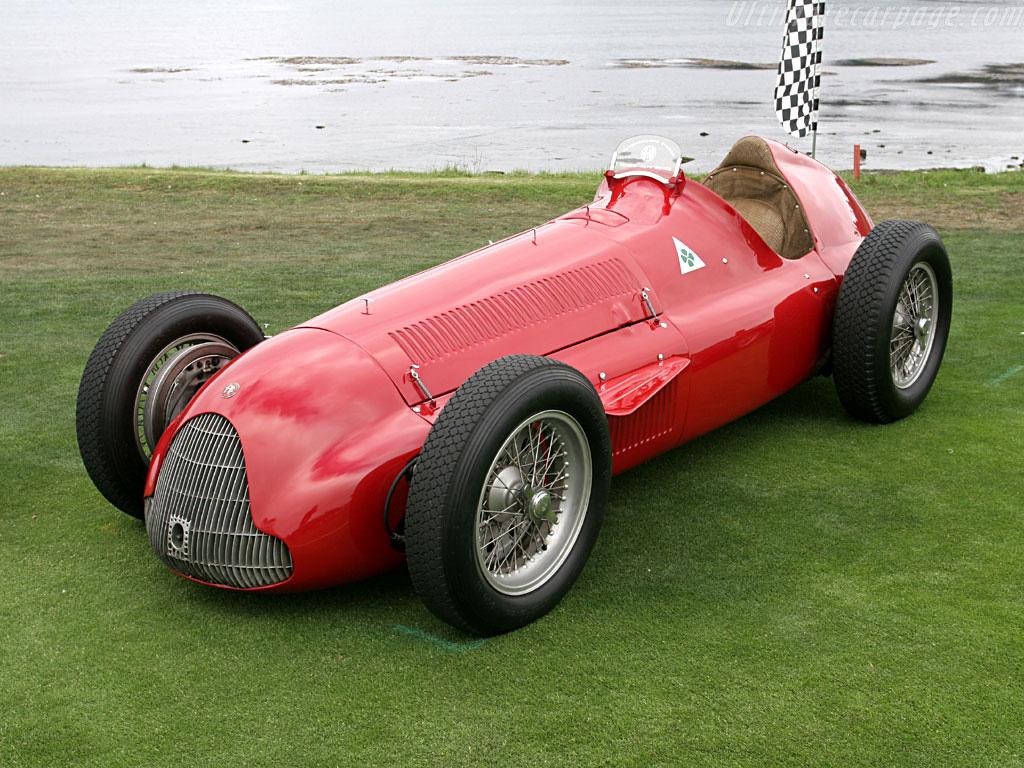
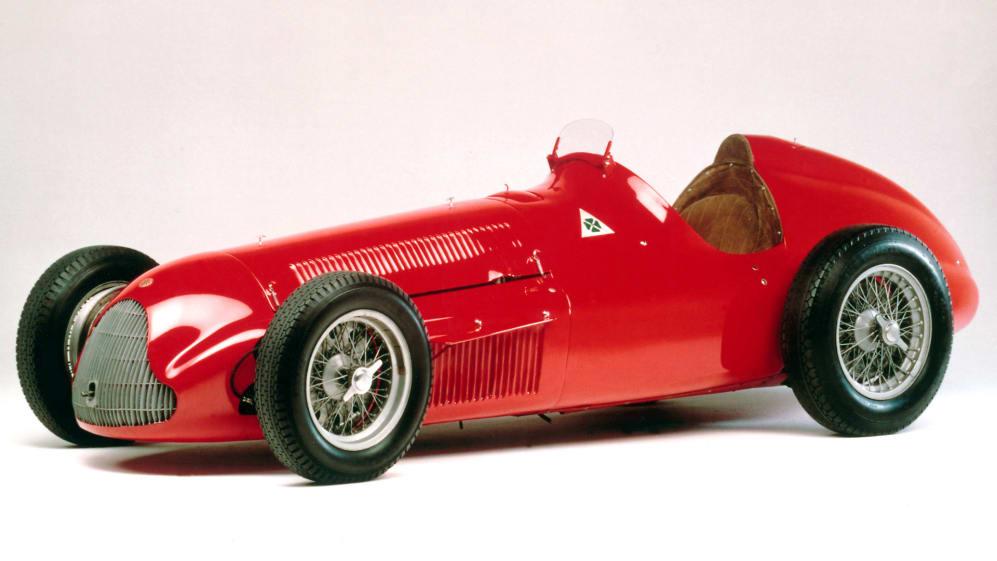
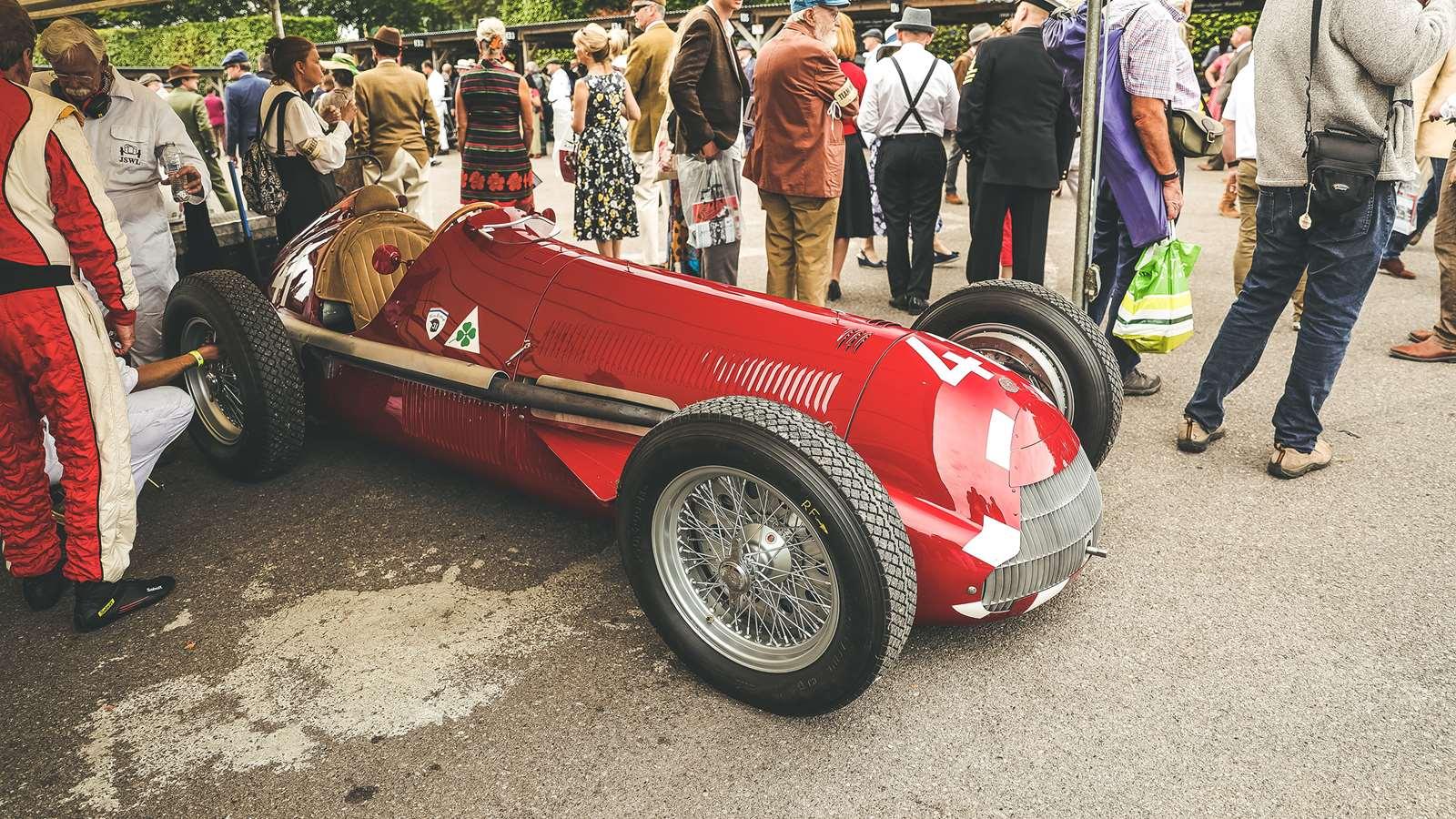
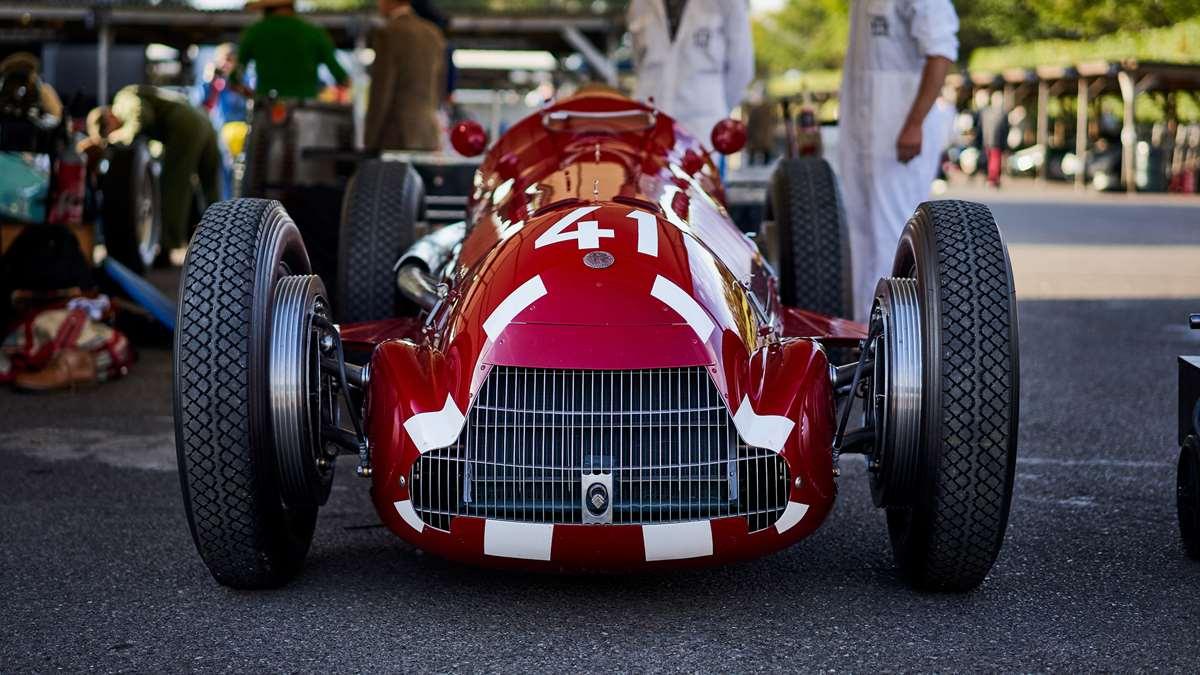
CLASSIC CAR MATCHER
